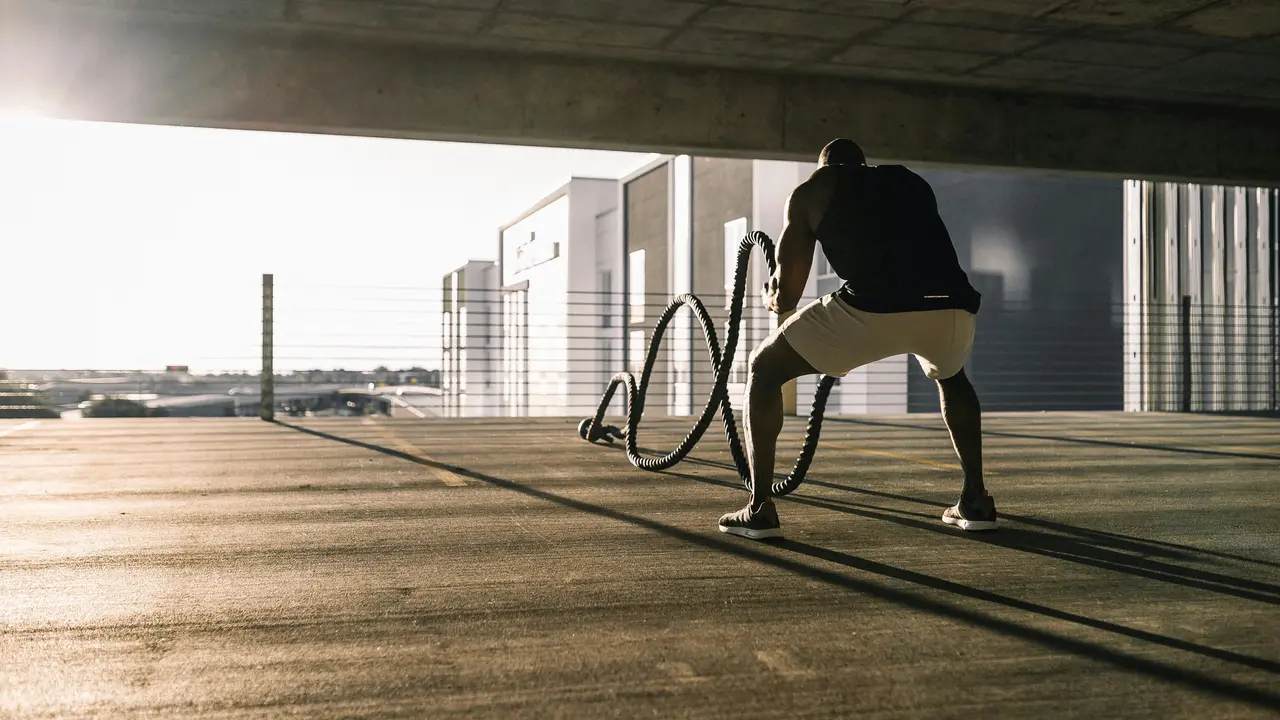Have you ever faced the frustrating situation where you can’t extend arms after workout? This common issue can leave you feeling stiff and limited, hindering your daily activities. In this article, we’ll explore the reasons behind this condition, potential solutions, and tips to help you recover effectively so you can get back to your routine.
Understanding Why You Can’t Extend Arms After Workout
Muscle Fatigue and Soreness
One of the primary reasons you can’t extend arms after workout is muscle fatigue and soreness. When you engage in intense physical activity, especially strength training, your muscle fibers undergo microscopic tears. This process, while essential for muscle growth, can lead to:
- Delayed Onset Muscle Soreness (DOMS)
- Stiffness and tightness in the arms
- Temporary loss of range of motion
Overtraining and Insufficient Recovery
Another factor contributing to your inability to extend your arms could be overtraining. Consistent high-intensity workouts without ample recovery can lead to:
- Accumulation of fatigue
- Increased risk of injury
- Prolonged muscle soreness
It’s crucial to listen to your body and incorporate rest days into your training regimen.
Common Injuries Linked to Arm Mobility Issues
Shoulder Impingement Syndrome
If you consistently experience the inability to extend your arms, it may be due to shoulder impingement syndrome. This condition occurs when shoulder muscles and tendons become irritated and inflamed. It can be exacerbated by:
- Improper lifting techniques
- Weak rotator cuff muscles
- Repetitive overhead movements
Tendonitis and Bursitis
Tendonitis and bursitis are conditions that can also prevent you from fully extending your arms. These conditions arise from inflammation of the tendons and bursae surrounding the joints. Contributing factors include:
- Age-related wear and tear
- Improper warm-up or cool-down
- Repetitive motions during workouts
Effective Strategies to Alleviate Stiffness
Proper Warm-Up and Cool-Down
To prevent the inability to extend your arms, it’s essential to incorporate a proper warm-up and cool-down routine into your workouts. Consider the following:
- Dynamic stretches before your workout
- Static stretches after your workout
- Foam rolling to ease muscle tension
Hydration and Nutrition
Staying hydrated and maintaining a balanced diet can significantly impact muscle recovery. Ensure you:
- Drink plenty of water throughout the day
- Consume protein-rich foods to aid muscle repair
- Include anti-inflammatory foods, such as fruits and vegetables
When to Seek Professional Help
Signs It’s Time to Consult a Doctor
If you find that you can’t extend your arms after workout regularly, it may be time to seek professional advice. Consider consulting a healthcare provider if you experience:
- Severe pain during and after workouts
- Persistent stiffness lasting more than a few days
- Limited range of motion that interferes with daily tasks
Physical Therapy Options
A physical therapist can provide tailored exercises and stretches designed to improve flexibility and strength in your arms. They can also help identify underlying issues contributing to your arm mobility problems.
Preventative Measures for Future Workouts
Incorporating Flexibility Training
To avoid future instances of not being able to extend your arms after a workout, consider adding flexibility training to your routine. This can include:
- Yoga or Pilates classes
- Dedicated stretching sessions
- Active recovery days focused on mobility
Listening to Your Body
Always pay attention to how your body responds during and after workouts. If you notice unusual stiffness or pain, adjust your routine accordingly. This might mean:
- Reducing weights or intensity
- Taking extra rest days
- Incorporating more recovery strategies
In conclusion, experiencing the inability to extend your arms after workout can be a frustrating yet common issue. Understanding the reasons behind this condition, along with implementing effective recovery strategies, can make a significant difference. Remember to incorporate proper warm-up and cool-down routines, prioritize hydration and nutrition, and listen to your body’s signals. If the issue persists, don’t hesitate to consult a professional for personalized advice. For more tips on optimizing your workouts and recovery, be sure to explore our other articles and share this one with fellow fitness enthusiasts!
Workout – Recent Articles
- Should You Wash Hair After Workout? Discover the Best Tips!
- Is It Good to Do Full Body Workout Every Day? Find Out!
- How to Clean Workout Clothes: 7 Tips for Fresh Fitness Gear!
- Is Orangetheory a Good Workout? Discover the Truth Now!
- How Many Laps in Pool for a Good Workout? Find Out Now!
Workout – Useful Links
- CDC – Steps for Getting Started With Physical Activity
- Mayo Clinic – Fitness program: 5 steps to get started
- Healthline – How to Start Exercising: A Beginner’s Guide to Working Out
- Verywell Fit – Strength Training: A Beginner’s Guide to Getting Stronger
- ACE Fitness – Sticking to an Exercise Program: 25 Tips to Achieve Exercise Success
